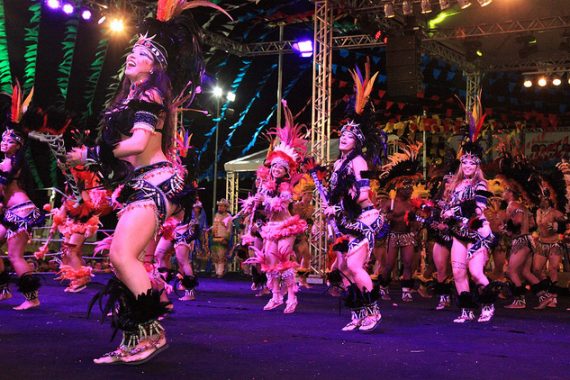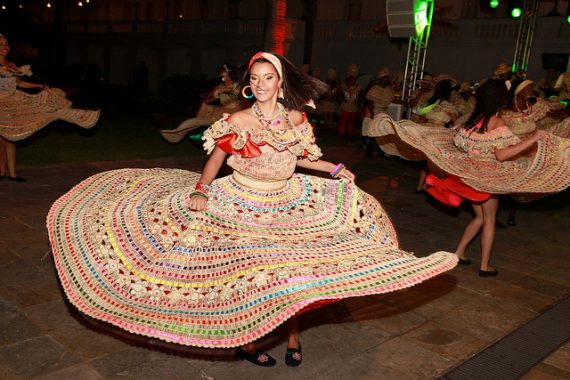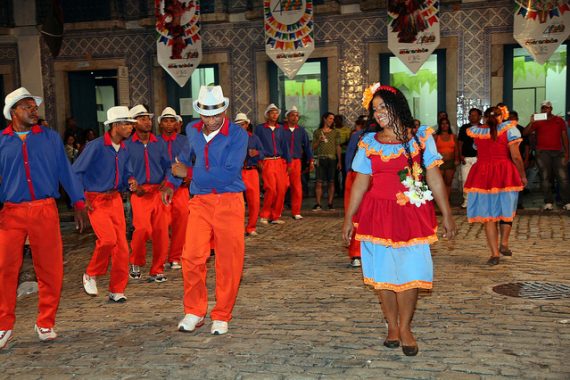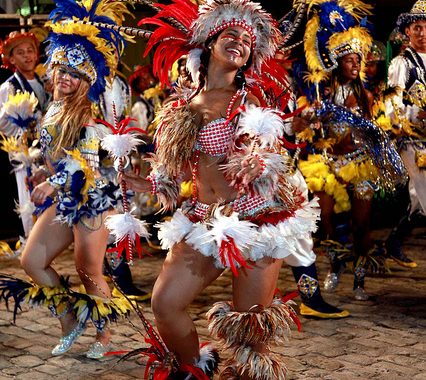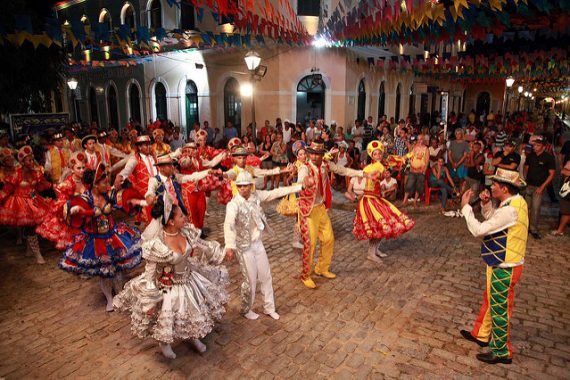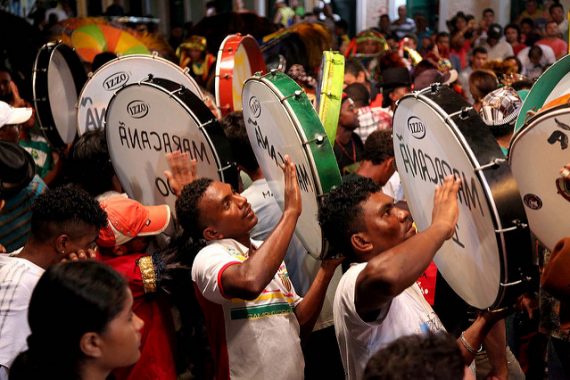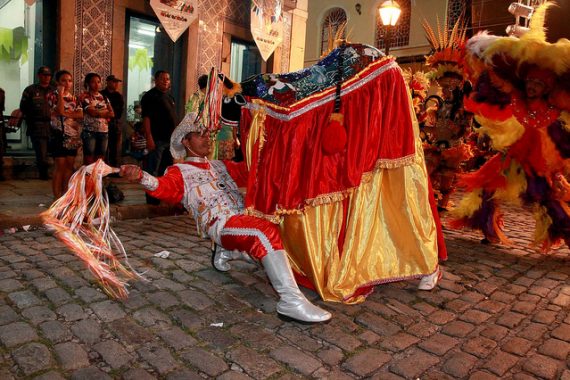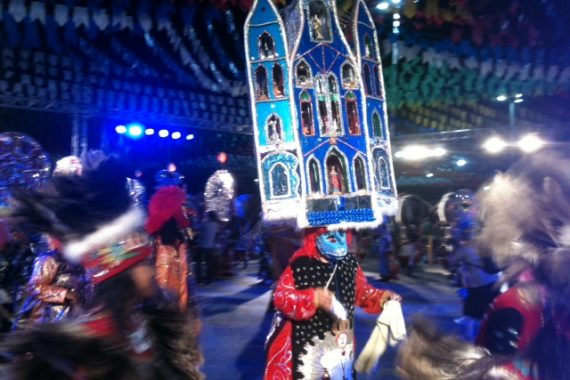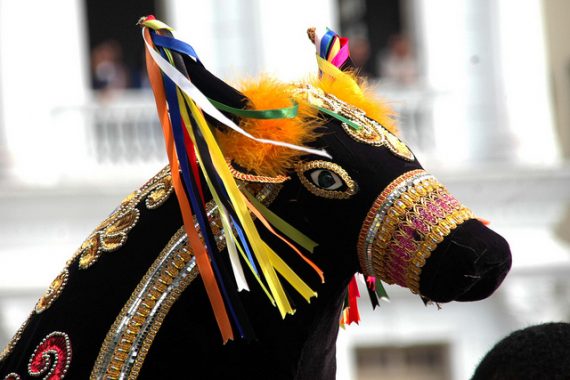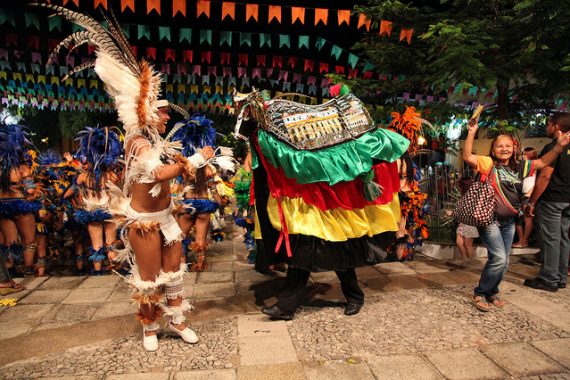About São Luís of Maranhao
The island of love. World heritage of humanity.
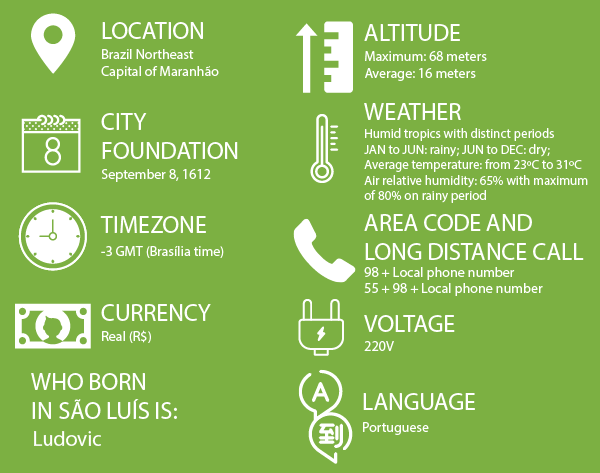 “There is nothing there to compare to the beauty and the delights of this land, as well as the fecundity and abundance in all that man can imagine” (Claude d´Abbeville).
“There is nothing there to compare to the beauty and the delights of this land, as well as the fecundity and abundance in all that man can imagine” (Claude d´Abbeville).
São Luís is the capital of the state of Maranhão, founded on September 8, 1612. Situated in the Upaon-Açu island, denomination given by the tupinambás indians (meaning “Great Island”), in the South Atlantic, between the bays of São Marcos and São José de Ribamar. When in 1621 Brazil was split into two administrative units – State of Maranhão and State of Brazil – São Luís was the capital of the first administrative unit, and in 1737, with the creation of the State of Grão-Pará and Maranhão, Belém becomes the new capital.
Rich in cultural manifestations, such as: bumba-meu-boi, tambor de crioula, cacuriá, Portuguese dance, June fest, reggae and more. It has the largest architectural set of Portuguese tiles in Latin America and a peculiar cuisine with dishes like cuxá, cuxá rice, fried fish and the famous shrimp pie. The city has a very busy nightlife with bars, restaurants, nightclubs, theaters, movie theaters, and many shows from local, national and international artists.
Cultural manifestations
Feasts of June
Considered as a group of authentic popular manifestations, rooted in the culture of Maranhão, the St. John’s festivities combines sacred and profane acts in the same celebration. In the midst of its celebrations it makes emerge, mainly from the month of June, subjects and practices that make up a diverse, and therefore unique, mosaic of human invention. For this great moment, the State Government prepared the commemoration called ‘St. John of All’.




